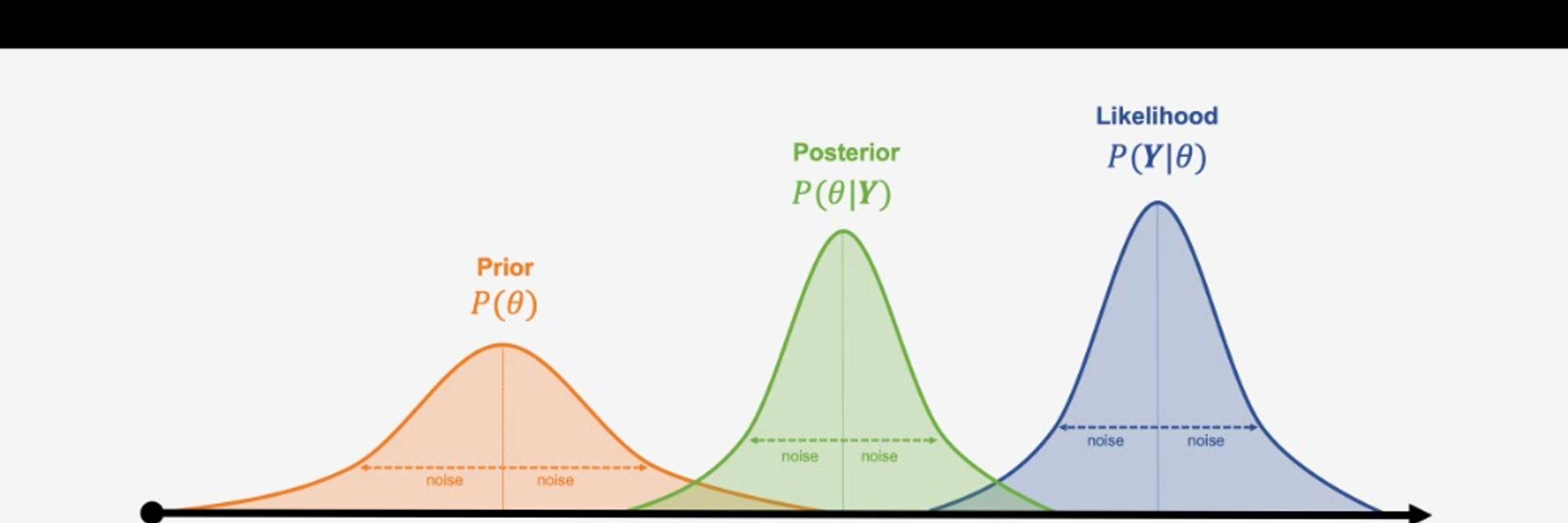
•YaleCSC➡️VanderbiltMSTP➡️UCLA
•Catatonia enthusiast, patient advocate, stats guy
•MH research/methods/advocacy, autism/neurodiversity, academic medicine, dumb jokes




ND activists also view diagnosis as a much more collaborative process than it has been historically, where a clinician just assigns labels.
ND activists also view diagnosis as a much more collaborative process than it has been historically, where a clinician just assigns labels.
After all, the DSM and associated ASD diagnosis are clearly situated in a medical model *meant* to pathologize the traits
After all, the DSM and associated ASD diagnosis are clearly situated in a medical model *meant* to pathologize the traits


